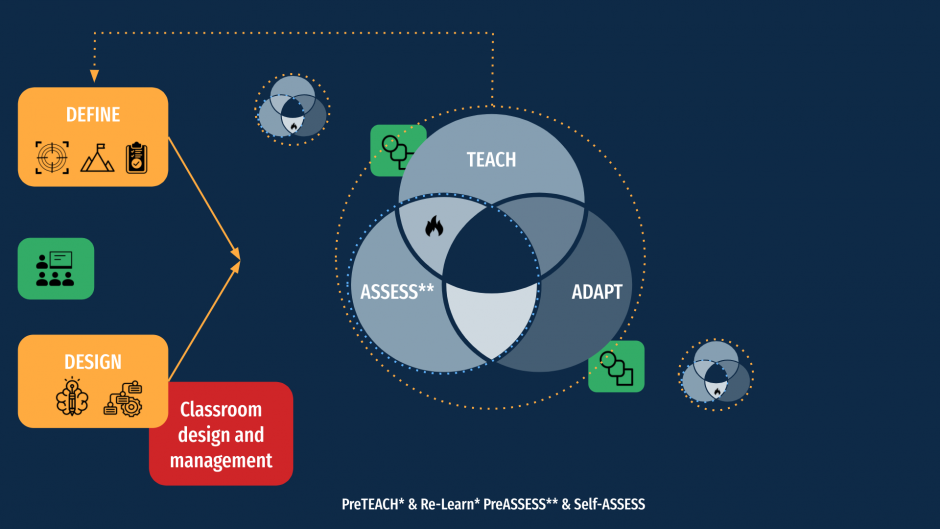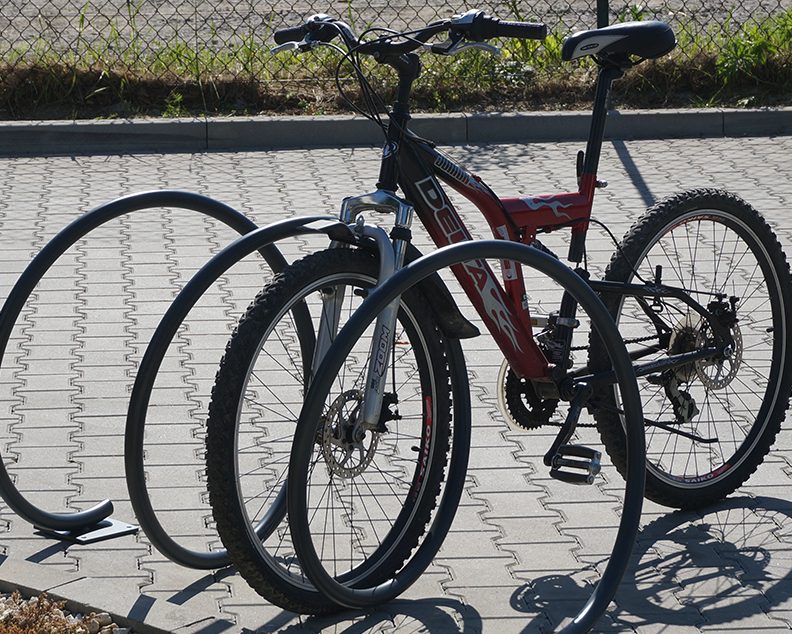The case has been made for backwards planning, assessment biased, responsive teaching. Now for Successive Relearning.
Why Successive Relearning? Why RememberMore?
Learning is rarely a one-shot affair. Single, isolated experiences seldom give birth to learning. What creates or shapes learning, is a sequence of events or experiences, each building on the effects of the previous one.
Nuthall (2007, p155).
It has been impossible for me to disregard Graham Nuthall convincing arguments. Then there is Dylan Wiliam’s reference to the uncomfortable truth: Students do not learn what it is we teach them. Insights gained from teaching the same class, twice in the same day. There was the students response to personalised retrieval practice with anki, and finally, the first paper I read on Successive Relearning, Rawson, Dunlosky, & Sciartelli, (2013).
Conducted in an authentic “Introductory Psychology” course, college students learned 64 course concepts using a computerised flashcard program under the following conditions.
- Successive Relearning: Students engaged in retrieval practice spaced throughout the semester, and they had to retrieve information correctly three times.
- Spaced Restudy: Students engaged in restudying, spaced throughout the semester (without retrieval) – arguably the most common approach
- Baseline: Students engaged in “business as usual” without using the flashcard program
In two experiments, the successive relearning condition increased students’ course exam performance by a letter grade (from a C to a B) compared to the spaced restudy and baseline conditions, consistent for both higher and lower performing students and more robust for three spaced retrieval sessions compared to only one retrieval session.
I simply wanted that same benefit for my students.
Most recently, Higham et al., (2021) reported that recall of course material at the end of the semester was better for relearning compared to restudying. Perhaps more importantly, that increased recall during relearning sessions was associated with further learning benefits including improved metacognition, increased self-reported sense of mastery, increased attentional control, and reduced anxiety. Furthermore, that students found successive relearning to be enjoyable and valuable.
These education bumper cars kept on smashing into one another – head on.
Successive Relearning: Repeated retrieval practice of the same information (with feedback) over multiple, spaced sessions.* Higham et al., (2021).
Teaching with whiplash
A deepening interest in the direct and indirect benefits of retrieval and new class experiences were the primary drivers behind the development of RememberMore. As I looked to address the lack of declarative knowledge that impeded and dampened my students ability to tackle Othello, their motivation and success with retrieval practice and response to personalised retrieval practice was equally difficult to ignore.
One new experience consolidated my commitment to modelling and adopting of Successive Relearning. As mentioned in part 1 and 3, this was the first year, in twenty-three year teaching career, that I have ever taught the same class twice on the same day (in fact this was the case with three different classes). The stark and ‘brute’ teaching insight was just how little students retained between the first and second lesson. It was stark evidence that deeply challenged my thinking on teaching. Has anyone else experienced teaching a class twice on the same day? I’d love to hear about your experience and insight?
Together, these realities and a growing interest in Successive Relearning more broadly, leaned me towards a revisiting and relearning, knowledge. Already committed to cumulative assessment and sequenced meso-cycles of response teaching, a recurrent or spiral curriculum model, (should it need a name), was a modest step. Following the 2019-20 academic year, the students feedback and successes underlined my commitment, 2020-21 added metacognition and pre-teaching to teaching-instruction and relearning. That is not to say that students’ learning will be stratospherically accelerated as a direct consequence of Successive Relearning. Teaching and learning is simply far too complex and unpredictable for such guarantees. However, the cognitive science evidence for repeated, spaced relearning with feedback, points to significant direct AND indirect durable learning gains, that Successive Relearning potency “is more that just a dosage effect.” In fact, most classroom-based research studies report a grade uplift in student performance.
Now I cautiously used “primar drivers” as over the past two years, the research open up line of enquiry beyond retreival and Successive Relearning. Hence RemeberMore draws on a broad subset of cognitive science research:
- Metacognition, self-regulation, self-assessment, student agency, motivation and confidence.
The impact of achievement on self-concept is greater than the impact of self-concept on achievement.
Attributed to Daniel Muijus. Also see Pekrun (2014) and (2017).
- Interleaving, spacing (obviously) and potentiating learning
- Presights (information received ahead of assessment), feedback and rewards
- Assessment practice, test expectancy, question design and type
- Attention and Cognitive Load Theory for both educators and learners
- Questioning and elaboration
- The role of prior knowledge
- Reading, vocabulary acquisition
It also draws on significant practical teaching-instruction expertise and iteration from five discrete schools and feedback from students over a two year period, beyond the 4 groups, over two year and 3 terms that I taught. (24 iterations). As a result, we have hit a lot of pot holes on your behalf.
Teach-Assess-Adapt.*

RememberMore requires teachers to define what declarative content they intend to teach. Moreover, to then categorise and tag that content. That in of itself is a powerful step in curriculum definition and teacher preparation.
Designing the questions and answers for Classroom makes me think about the key pieces of content that I need the children to remember in order for them to be able to include this content into exam questions answers.
RememberMore teacher
With the content defined, the learning designed, RememberMore is a flexible and fast retrieval tool, that can be used regularly within a micro-cycle or lesson, multiple time is required. It fits the model of Teach-Assess-Adapt and easily supports pre-teach, relearn and self-assess. In and out of class. It is as simple as that. RememberMore can be used to teach, for explicit pre-teaching and teaching. As assessment, with or without self-assessment, “intrinsic to, and integrated with, effective instruction,” Sadler (1989).
Formative assessment is concerned with how judgments about the quality of student responses (performances, pieces, or works) can be used to shape and improve the student’s competence by short-circuiting the randomness and inefficiency of trial-and-error learning.
Sadler, (1989)
In fact RememberMore on it is, makes a decent stab at his checklist. RememberMore:
- ✅ is embedded in a view of teaching and learning of which it is an essential part;
- ❌ involves sharing learning goals with pupils;
- ✅ aims to help pupils to know and to recognise the standards they are aiming for;
- ✅ involves pupils in self-assessment;
- 🤔 provides feedback which leads to pupils recognising their next steps and how to take them;
- ✅ is underpinned by confidence that every student can improve;
- ✅ involves both teacher and pupils reviewing and reflecting on assessment data
Adaptive and mobile
After social economic status, the single most important factor in teaching is “teachers making adjustments.” What if, those adjustments could be made for/with learners? With RememberMore – they are. RememberMore is adaptive as well as controlling for a number of cognitive biases. And whilst daily, or lesson by lesson use of RememberMore is formative, early investigations show RememberMore insights are highly indicative of students attainment on summative assessments. Of course, RememberMore is available via Classroom and the app.
Niggles
The meso and micro models were shared with teaching leads, trusted colleagues and students. Interestingly students were the more robust critics. Of course, I still had Mark Ensers curriculum model to respond to, and ‘a la Rogers’ I took another step back, with the two part model fracturing to look at the broader picture a curriculum planning.

